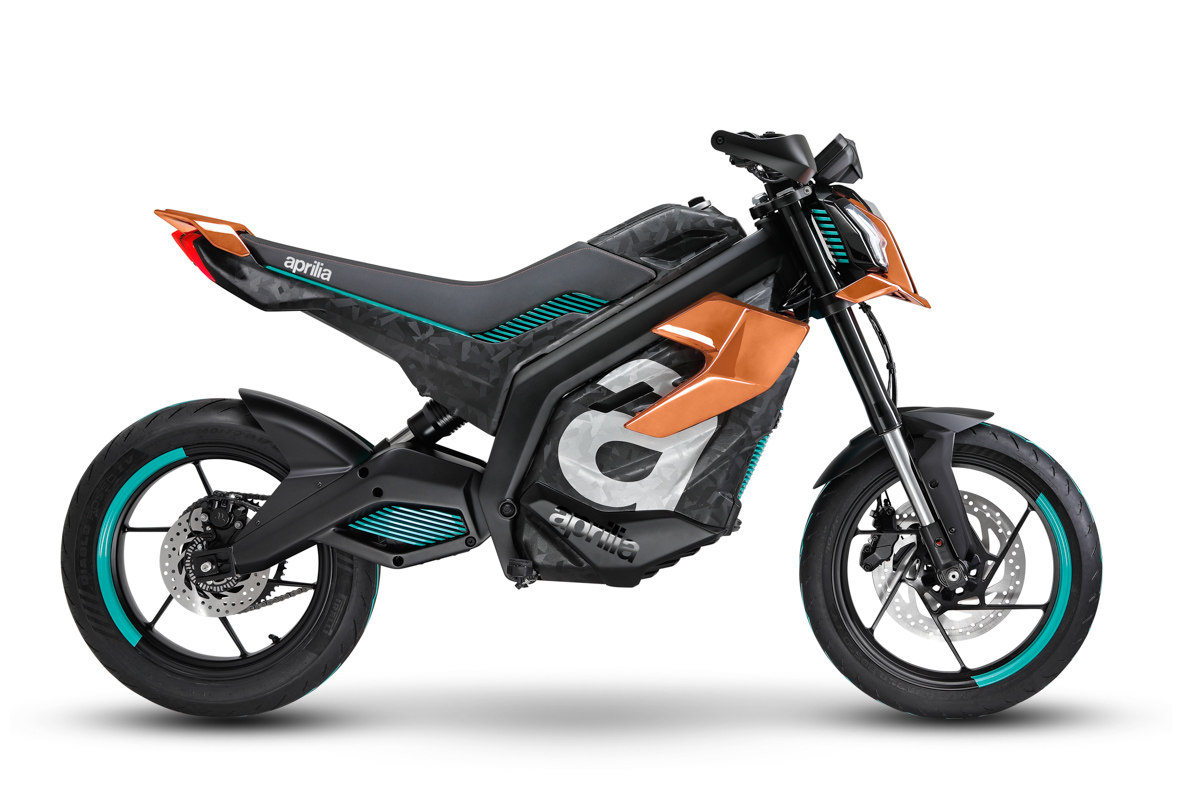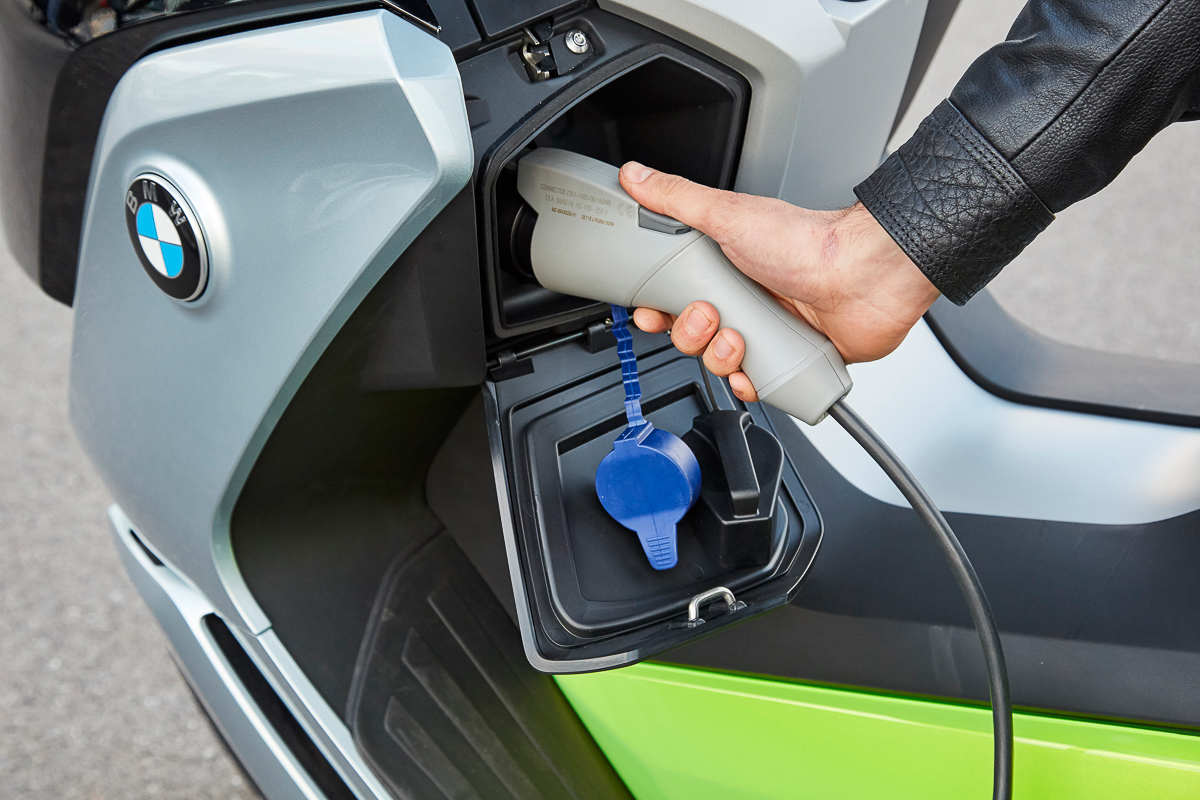A recently released report titled ‘Achieving Zero Emissions with More Mobility and Less Mining,’ authored by the Climate + Community Project, has shed light on the hurdles associated with the transition to zero emissions and the detrimental effects of lithium mining on the environment.
- new study reveals lithium mining has negative impact on the environment.
- latest findings explained that brine extraction as one of the most environmentally harmful.
The study emphasizes that electric vehicles (EVs) have led to a surge in lithium mining activities. Although lithium is not a finite resource, similar to fossil fuels, the report reveals that only approximately 25% of the estimated 88 million tonnes of lithium on Earth is viable for extraction.
To comprehend the lithium consumption scale, consider that a Tesla Plaid S, equipped with a 100kWh battery pack, utilises around 62kg of lithium, equivalent to 7,920 cylindrical 18650 batteries.
This relentless pursuit of lithium for EVs has been deemed unsustainable, as replacing every internal combustion vehicle with an electric counterpart would necessitate an alarming level of mining, devastating the environment.
Among the various methods of lithium extraction, the report highlights brine extraction as one of the most environmentally harmful. The process involves pumping salt-rich water from the ground into evaporation pools, where lithium gradually accumulates as the water evaporates.
Unfortunately, this technique leaves behind toxic chemicals that can seep into watercourses, contaminate soil, and even become airborne, posing health risks to local communities.
The Ganzizhou Rongda Lithium mine in Tibet serves as a stark example of the adverse consequences of brine extraction. The mine has been blamed for poisoning the nearby Liqi River, resulting in the death of fish and livestock that rely on its waters.
The study’s findings underline the urgent need to address the environmental implications associated with the lithium mining boom driven by the electric vehicle industry. It calls for sustainable solutions that mitigate the negative impacts of resource extraction while still achieving zero emissions targets.
That said, the motorcycle industry, has the potential to contribute to these efforts by exploring alternative energy sources and reducing reliance on lithium-based technologies.





















